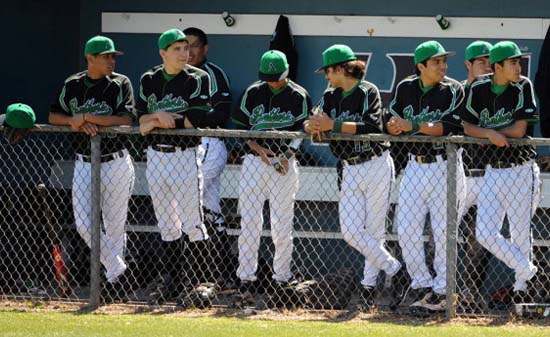
As youth baseball coaches, we are working towards preparing our players for the next level. It could mean going from the 46’x60’ field to the 60’x90’ field, from Little League to high school, or from JV to varsity. Moving from level to level can be difficult because at each level the competition gets tougher, the skill level starts to even out. All of the players that move up bring something to the table that has value to the team. Coaches are somewhat familiar with their ability because they have watched players grow through these levels. Playing at the high school level is a commendable achievement and is a testament to your ability as a player.
But they want to go further. They want to play in college. Now the contest really begins.
In my opinion, the most challenging move from level to level is between high school and college. Players are no longer squaring off against local players. This is a regional, and sometimes, national comparison. The environment at the collegiate level is something that high school players have never encountered. Players are be required to take more responsibility for their development, on and off the field.
How do college recruiters make the difficult distinction between players? It starts with grades. Your players’ academic record begins when they are high school freshmen. Players need to know that opportunities could be lost if their grades are not up to par. If two players have the same athletic ability, a recruiter will take the player with higher academic achievement first. This is a simple concept that sometimes gets overlooked. Grades also provide a snapshot of their work ethic. Playing baseball in college will require tremendous discipline regarding time management between athletics and academics.
The next set of important factors are the intangibles. Recruiters want to see how players handle themselves, whether they are hustling, how parents conduct themselves during games. I, for one, spend a tremendous amount of time teaching my players discipline, how to handle adversity, body language, vocalization, visualization and much more. One of the examples that I like use with my players is if a recruiter shows up in the middle of a game, my pitcher’s body language should not display if he is pitching a no hitter or if he just gave up two bombs over the centerfield fence. Stay in control. The next pitch is a new game.
The final way for your players to make an impact is their skill level. Of course, talent carries the day in most cases. But talent includes confidence. Train your players to show confidence when people are watching. Routine plays should be made with poise and conviction. Another obvious measure of skill are a player’s metrics, which can help determine which level will suit the player best. The numbers will show where they will have the best chance to be competitive.
Do not get caught up in the levels of college baseball! Prepare your players to compete at the level where they will be able to play and make contributions to the team. There is no good reason to go to a school and sit on the bench, in my opinion. Every level of college baseball is competitive. If the player and the school are a good fit…everyone wins.